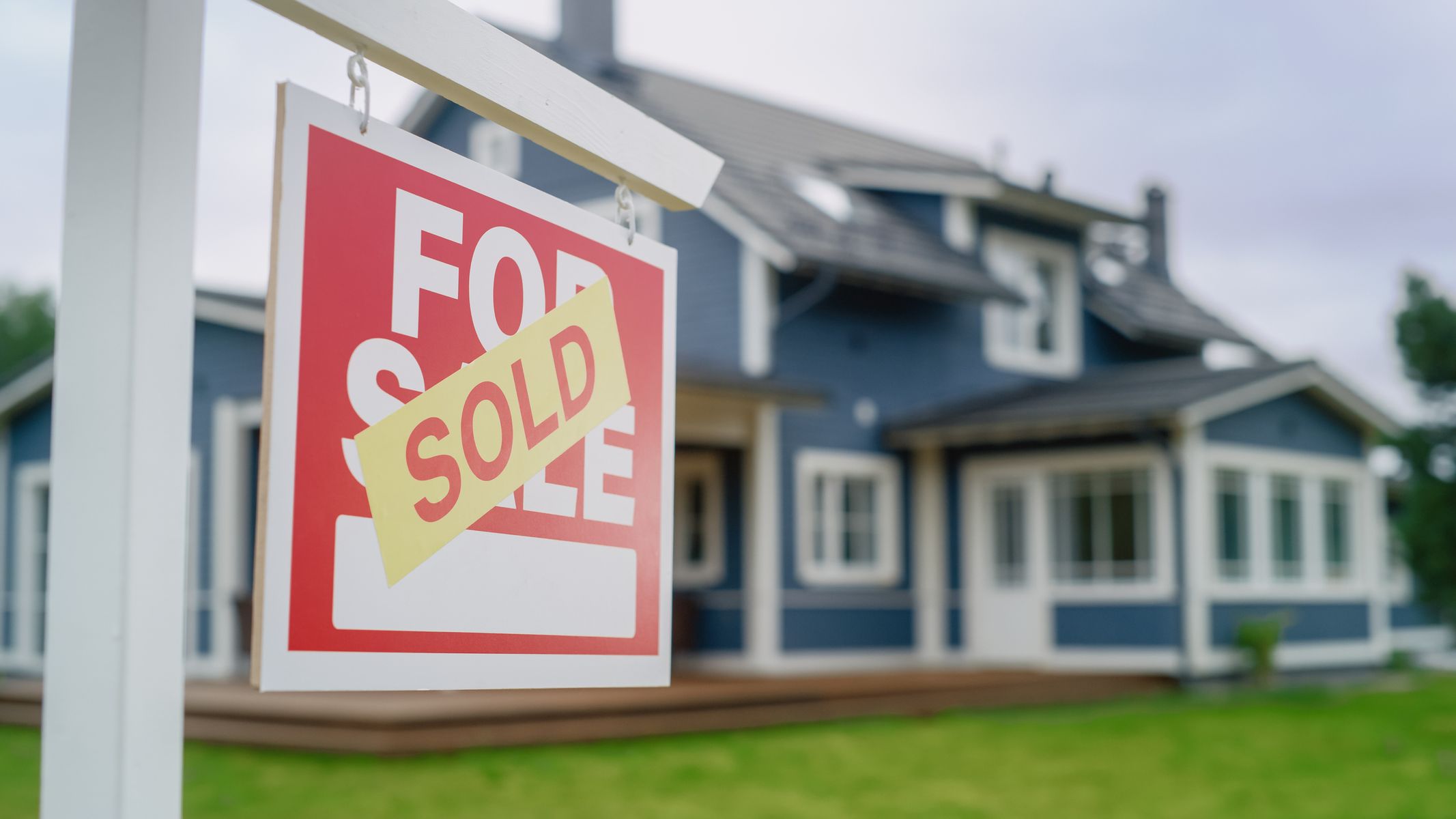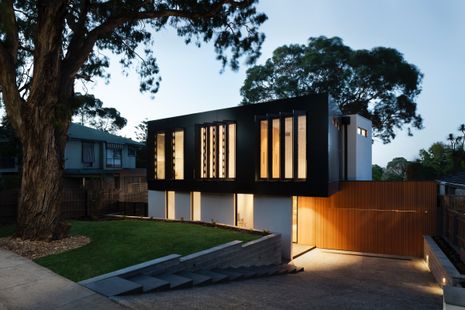|
|
|
|
|
Confidence Returns
Confidence has returned to the Australian housing market according to the latest NAB Residential Property survey.
It says expectations for a housing market recovery over the next few years have strengthened, with confidence levels among surveyed property professionals rising to their highest levels in two years.
However a number of those surveyed in the construction industry say they still feel hamstrung from starting new residential developments by the high cost of building.
NAB economists say they have revised their expectations of property price growth upwards, after accounting for stronger than expected outcomes over the past three months.
They are predicting capital city dwelling values will be up by around 8% by the end of the year.
“We continue to see prices rising a further 5% in 2024 with ongoing strength in housing demand relative to supply outweighing the impact of the ongoing pass-through of higher rates.”
They also expect the RBA to lift rates to 4.35% at the November meeting. |
|
|
|
|
|
|
|
Building Costs Ease
The rising cost of building a new home has finally started to ease.
Australians building a home faced 20% increases in the year to September 2022, as Covid-induced trade and materials shortages drove up costs.
The latest Cordell Construction Cost Index (CCCI) shows construction costs are now rising at their slowest rate in four years and says this may be an early sign that pressures are stabilising within the building sector.
The report tracks the cost to build a typical dwelling and says costs only increased by 0.5% in the September quarter - the smallest increase since June 2019.
“This is the fourth consecutive slowdown in the quarterly pace of growth for residential construction costs,” the report says.
Construction Cost Estimation Manager, John Bennett, says cost pressures in construction are shifting from an issue of materials to labour.
“While material costs appear to have stabilised in general, labour costs have had a number of new pressures applied,” he says.
|
|
|
|
|
|
|
|
Listings Down Prices Up
The number of new listings hitting the market has slowed, despite increased buyer demand and rising prices.
Analysis by Domain says as a result many locations are experiencing strong price growth. It says for the month of September, the number of new listings across combined capital cities was down 12.3%, and it is down 0.7% on the same time last year. Ray White chief economist Nerida Conisbee says while there was a slight increase in listings from June to August, new listings have slowed since then.
“It’s a bit problematic because there’s a lot more buyers out there but at the same time, we generally expect more sellers this time around but we’re not seeing that continuing to occur as we move into late spring,” she says.
Conisbee believes the low listings will continue through to the end of the year.
She says realistically, if someone wants to sell before Christmas, they’re going to need to do that within the next two weeks. |
|
|
|
|
|
|
|
Price Boom Looms
Hundreds of suburbs are tipped for further property price booms.
Prices are up 4.3% so far this year, with some individual suburbs achieving much higher levels of growth, according to PropTrack data.
It reveals double-digit price growth in almost 500 suburbs already this year.
PropTrack senior economist Eleanor Creagh says the subdued listings environment and stronger demand, underpinned by high migration, are pushing prices up.
She says rising prices mean affordable areas are highly sought after, which in turn is increasing prices in those locations.
The analysis found most of Australia’s top 10 suburbs by price growth for both units and houses, have a median value of less than $500,000.
“As interest rates are higher, people’s borrowing power has dropped, shrinking some buyers’ budgets, meaning regions that remain comparatively affordable are in demand,” Creagh says.
Riverview, east of Ipswich in Queensland, had the highest median value increase of 24% this year, although its median house price remains at about $446,000.
|
|
|
|
|
|
|
|
Properties Selling Faster
Properties are selling at a faster rate than they were just 12 months ago.
CoreLogic’s latest days-on-market figures, show in September the average days on market nationally was 30 days, compared with 36 days in January 2023.
CoreLogic Head of research, Eliza Owen, says the market is in recovery mode and a sense of urgency has returned.
Owen expects market conditions to remain fairly stable until the end of the year.
She says some capital cities have even shorter days on market with Perth the lowest at 13 days, coming down from 19 days in January.
In Brisbane it takes on average 22 days to sell, Melbourne, 28 days and Sydney, 29 days.
Properties in Adelaide are selling within 30 days on average having been at 37 days at the beginning of the year.
Darwin, Hobart and the ACT have lifted the national average with it taking 59 days, 44 days and 42 days, respectively to sell. |
|
|
|
|
|
|
|
|
| Quote Of The Week
“As interest rates are higher, people’s borrowing power has dropped, shrinking some buyers’ budgets, meaning regions that remain comparatively affordable are in demand.”
PropTrack senior economist Eleanor Creagh
|
|
|
|
|
|
|
|
|
|










